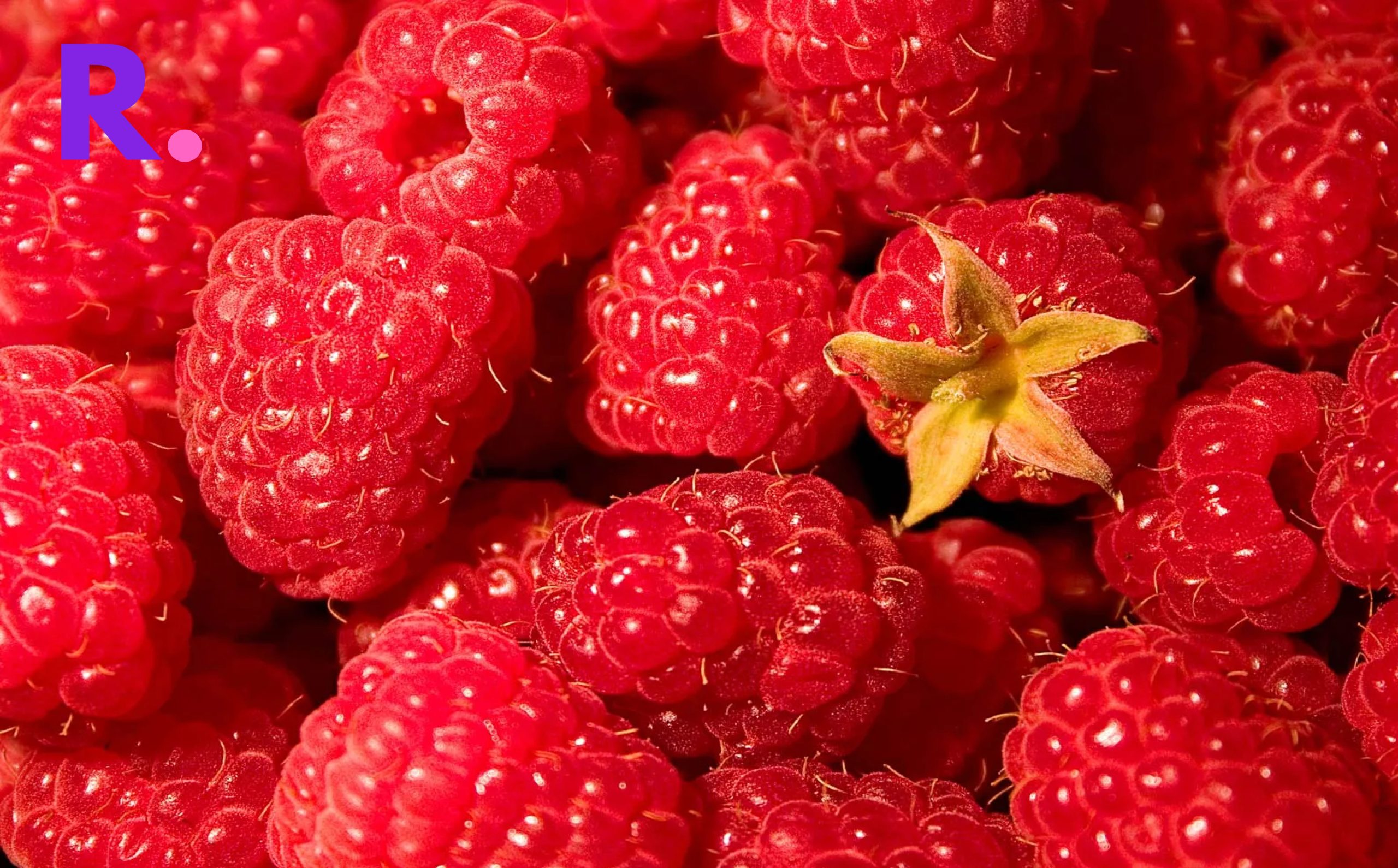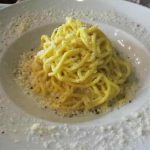Fruits have diverse flavors and colors. Pink fruits stand out in this colorful array. They appear vibrant and have unique tastes. They provide nutritional benefits. The article lists the top 10 pink fruits. It explores their flavor profiles, nutritional values, and culinary uses. This guide introduces a selection of pink delicacies. Whether you love fruit or want more pink on your plate, you’ll enjoy it!

1) Pink Dragon Fruit: A Tropical Treasure
Pink dragon fruit has bright pink or magenta flesh. Tiny black seeds are present inside the flesh. The scientific name is Hylocereus costaricensis. The skin appears pink or yellow, creating a stunning visual. People often call dragon fruit pink pitaya, and it comes from Central America.
Nutritional Value
- Pink dragon fruit has a high nutritional value.
- It’s a great addition to your diet.
- It has vitamin C to boost the immune system and antioxidants to fight free radicals.
- The fruit’s fiber helps with digestion.
- Also rich in iron and calcium.
Culinary Use: People commonly eat this fruit fresh for culinary purposes. They can slice it. They can enjoy it alone. They can add it to fruit salads. It tastes mildly sweet and refreshing. You can also add smoothies and desserts.
You can read the full article at The Pink Dragonfruit: Taste, Benefits, and Yummy Recipe!
What Does Dragon Fruit Taste Like?
Curious about the taste of dragon fruit? Pink dragon fruit has a mildly sweet and subtly tropical flavor. It is often described as a mix of kiwi and pear, with a touch of watermelon. The black seed crunch is satisfying. The taste is super refreshing. Pineapple and mango are other tropical fruits that go well with it.
You can read the full article at What Does Dragon Fruit Taste Like?

2) Pink Pineapple Fruit: A Tropical Twist
Pink pineapple fruit is unique and visually stunning. It’s called “Rose Gold” or “Pinkglow Pineapple.” The flesh has a pinkish hue. Its pink color is enhanced through various selective breeding methods.
Nutritional Value
- Pink pineapples have the same nutritional value as traditional ones.
- They have lots of vitamin C. Vitamin C is an important antioxidant.
- It supports the immune system and keeps the skin healthy.
- Pink pineapples contain the digestive enzyme bromelain. It helps with digestion and reduces inflammation.
- Manganese is also provided as an essential mineral. Manganese helps with bone health and regulates metabolism.
Culinary Use: Use fresh pink pineapple fruit as a snack. Add it to fruit salads. Garnish tropical cocktails and desserts with it. Its sweetness and tartness make it a versatile ingredient.
You can also read Bahama Mama Tropical Smoothie Recipe!
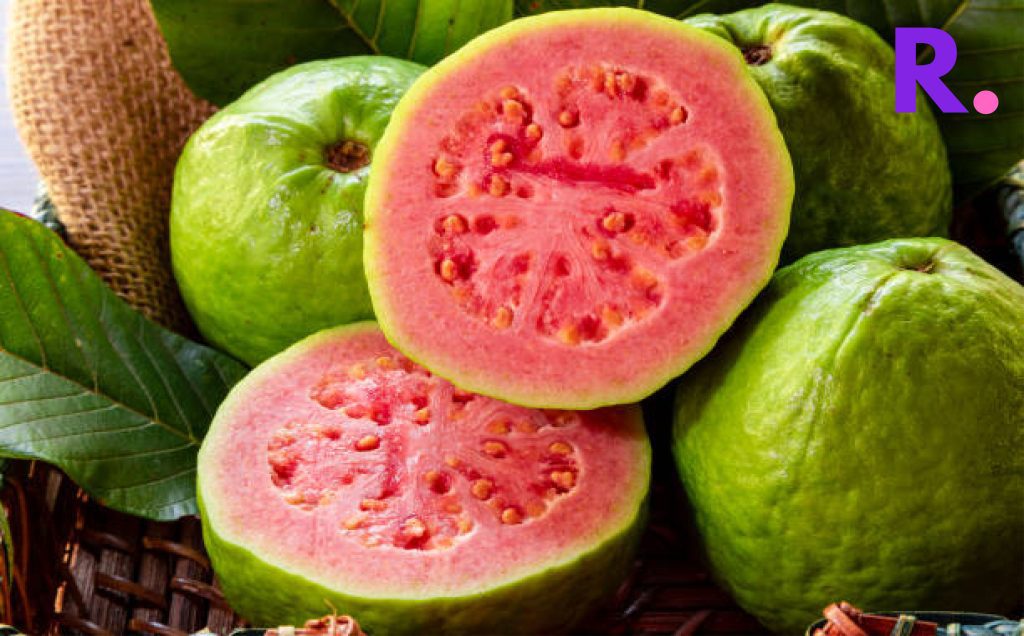
3) Pink Guava Fruit: A Sweet and Fragrant Delight
Psidium guajava is the scientific name for the pink guava fruit. It has a unique aroma and flavor. The flesh appears pink to salmon-colored. It is considered one of the sweetest guava varieties.
Nutritional Value
- Pink guavas are highly nutritious.
- It is rich in Vitamin C. It is important for immune support and skin health.
- High fiber content helps with digestion and keeps you full.
- Pink guavas contain high levels of antioxidants. They combat free radicals in the body.
- They provide vitamin A for vision and skin health.
- They provide potassium for a healthy heart.
- They provide folate, which is especially beneficial for fetal development during pregnancy.
Culinary Use: Pink guava is eaten fresh, blended into smoothies, and used to make jams, jellies, and desserts. It goes well with yogurt and cheese.

4) Figs: A Sweet and Nutrient-Rich Delight
Figs taste sweet and delicious. Scientifically, they are called Ficus carica. For centuries, people have cherished these small, pear-shaped fruits for their unique taste and numerous health benefits.
Nutritional Value
- They have dietary fiber, vitamins, and minerals.
- These include potassium, magnesium, calcium, and vitamins A, K, and B6.
- Figs have potent antioxidants.
- They improve overall health and prevent diseases.
- They promote heart health.
- They help manage weight.
- They strengthen bones.
- They add great value to any diet.
Culinary Use: Figs are incredibly versatile in the kitchen. Savor them fresh as a sweet snack. Figs improve the sweetness and texture of muffins, cakes, and bread. They transform into delicious jams and preserves. They spread perfectly or work well as condiments. Figs enhance salads with their unique flavor. Pair them with meats like prosciutto-wrapped figs or fig chutney. They excel at tarts, pies, and ice cream. Blend them into smoothies for added nutrition.
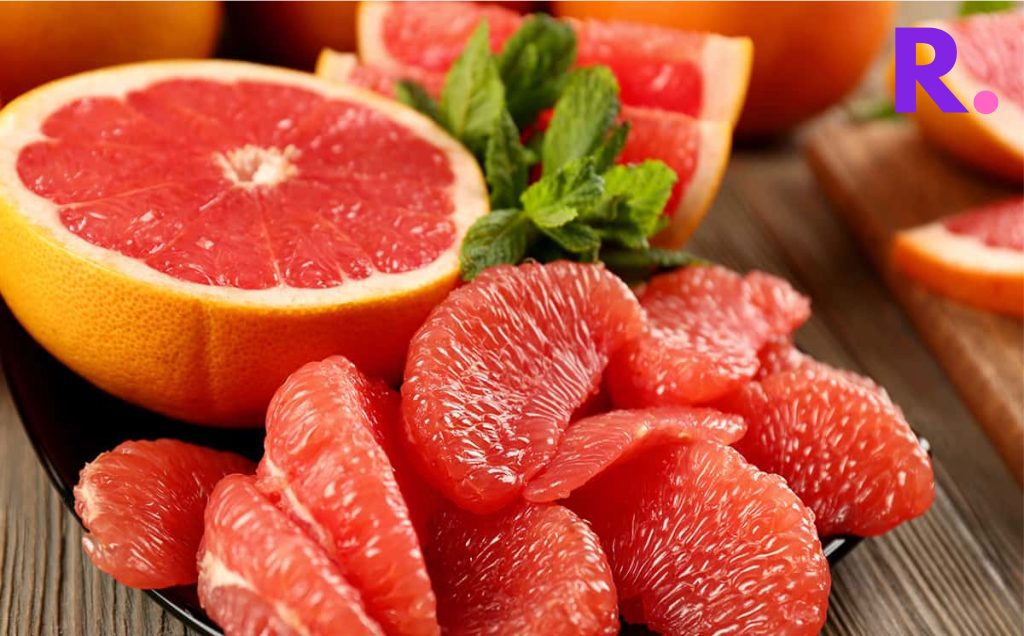
5) Pink Grapefruit: The Vibrant Pink Wonder
Pink grapefruit delights with its citrus flavor. The flesh is rosy. Its enticing color is celebrated worldwide. Its vibrant taste is also celebrated. This fruit tastes sweet and tangy. People love to add it to breakfast tables, salads, desserts, and cocktails. It is super nutritious.
Nutritional Value
- Grapefruit is rich in lycopene, which is why it has a pink hue.
- Lycopene has numerous health benefits because it is a powerful antioxidant.
- Reducing the risk of chronic diseases is one of the benefits.
- Lycopene and vitamin C are found in pink grapefruit.
- Vitamin C boosts the immune system. Vitamin C improves skin health.
- The fruit is low in calories. It’s a great choice for calorie-conscious individuals.
- Grapefruit supports digestion and helps you feel satisfied for longer.
- It aids in weight management with its dietary fiber.
Culinary Use: Pink grapefruit has versatile culinary uses. Begin your day by eating a bowl of fresh grapefruit chunks/pieces. Drizzle honey on them for extra sweetness. Squeeze the juice for a refreshing drink in the morning. Pink grapefruit make a great breakfast. They add a zesty kick to salads. They also enhance the flavor of seafood dishes. Lastly, they create delicious sorbets and desserts. Don’t forget its role as a star ingredient in cocktails. It infuses them with a delightful citrus twist.
You can read benefits of pink fruits here.
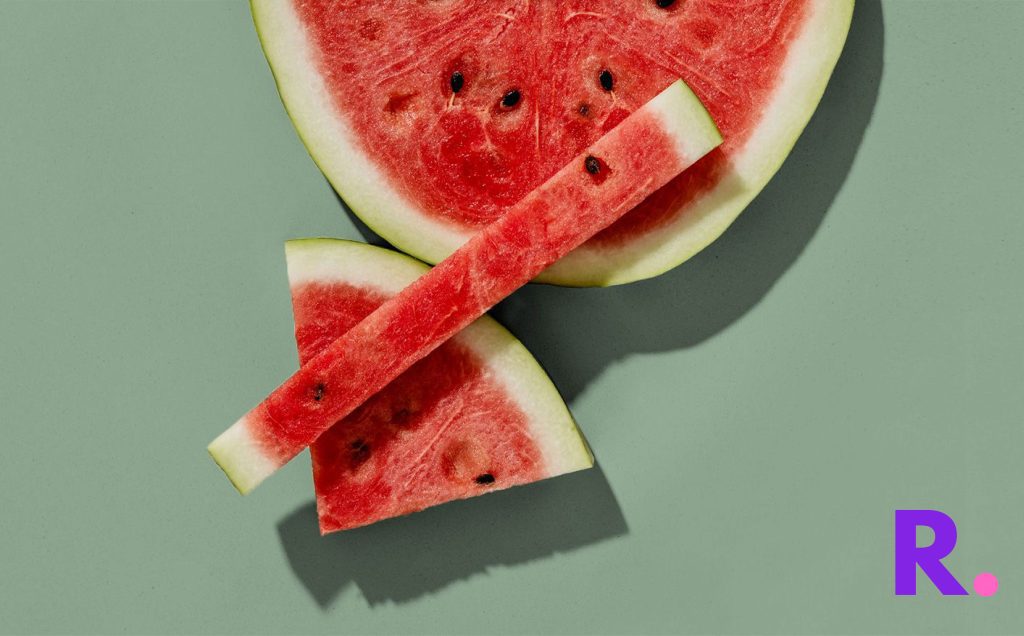
6) Watermelon: The Classic Pink Refreshment
Watermelon is a summer fruit star. The fruit has juicy pink flesh. It can have black seeds or be seedless. It has a lot of water content!
Nutritional Value
- Watermelon has a refreshing taste and is a favorite fruit to have during the summer.
- It is low in calories and high in water. It provides proper hydration.
- It contains vitamins A and C. They promote healthy skin.
- They enhance the immune system.
- Watermelon contains antioxidants such as lycopene.
- Lycopene reduces chronic disease risk and promotes well-being.
Culinary Use: Watermelon slices are enjoyable on a hot day. Blend it into smoothies! You can also make fruit salads with watermelon. It also makes great agua frescas and cocktails.

7) Lychee: A Sweet and Fragrant Pink Gem
Lychee is a delicious fruit. Southeast Asia is its native region. It’s small and round. The flesh is translucent and pink. It smells sweet and floral. Always enjoy it fresh. Various Asian dishes use it as an ingredient.
Nutritional Value
- It contains a high amount of vitamin C.
- Vitamin C supports the immune system and promotes healthy skin.
- Lychee provides potassium and copper, which are essential minerals.
- The antioxidant content boosts overall health by fighting harmful free radicals.
Culinary Use: Peel and eat lychee fruit fresh. Add it to fruit salads. Use it in desserts such as sorbets and ice creams. It has a sweet and fragrant flavor. Many Asian cuisines use it as an ingredient.
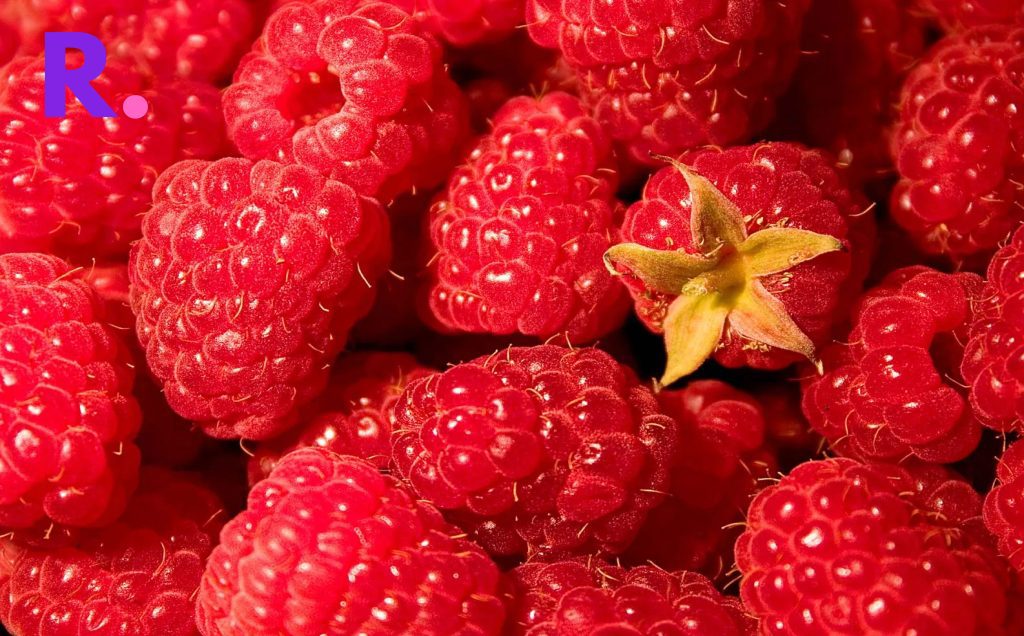
8) Raspberry: The Tiny Pink Powerhouse
These are fragile, but super delicious! They are available in different colors, including pink. Their flavor is sweet-tart.
Nutritional Value
- Pink raspberries have high levels of dietary fiber, which supports digestive health.
- The berries are delectable and they pack antioxidants, especially vitamin C.
- Vitamin C strengthens the immune system and combats free radicals.
- They provide vitamin K for blood clotting and essential minerals like manganese for overall well-being.
Culinary Use: Enjoy fresh raspberries as a snack. Make jams and preserves with them. Add them to yogurt, cereal, and baked goods. Dishes made with these have vibrant colors that make them visually appealing.
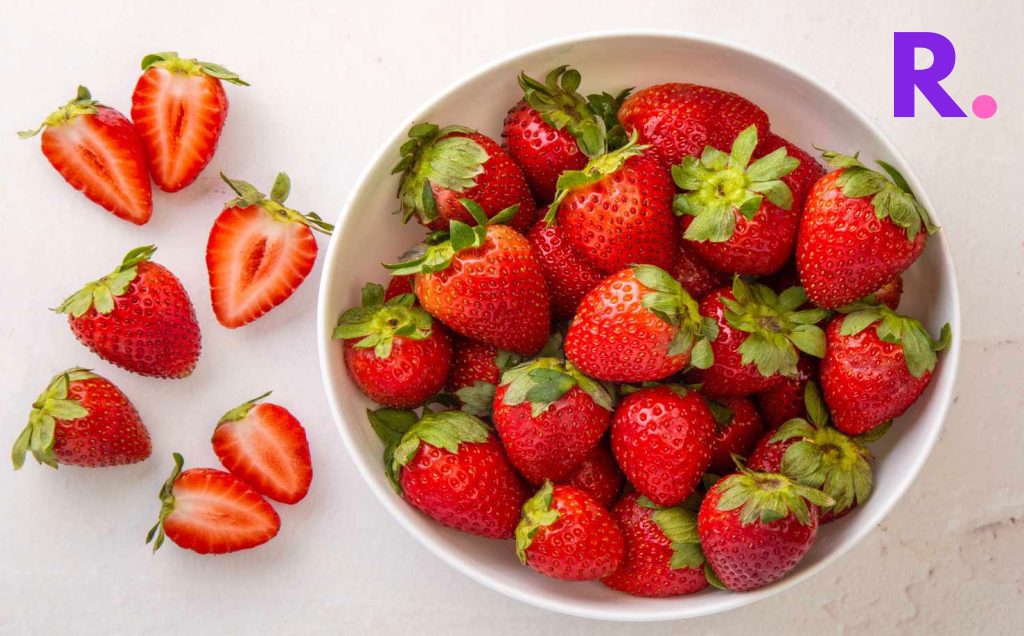
9) Strawberry: The Beloved Pink Berry
The strawberry is the beloved pink berry. People universally love strawberries. Strawberries are known for their bright red or pink hue. They are sweet, juicy, and versatile. They are popular in sweet and savory dishes.
Nutritional Value
- Strawberries are a nutritional powerhouse.
- They have high levels of vitamin C, which supports the immune system and skin health.
- Fiber aids digestion and keeps you feeling full.
- Strawberries contain antioxidants that fight free radicals, which may lower the risk of chronic diseases.
- Folate supports cell division, potassium promotes heart health, and manganese aids metabolic functions.
Culinary Use: Strawberries are used in culinary applications like snacking, adding to salads, making jams and pies, or blending into smoothies. These are often featured in classic desserts like shortcakes and parfaits.
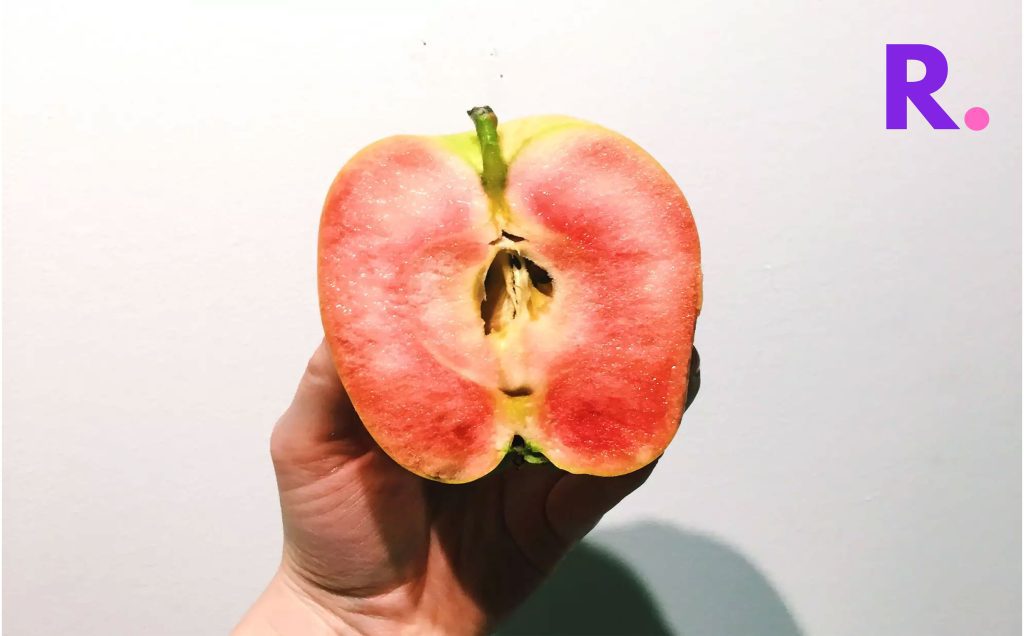
10) Pink Apple: A Unique Twist on a Classic
Apples are red or green, but some, like the “Pink Pearl,” are pink inside. These pink apples have a surprising twist on the traditional apple.
Nutritional Value
- Pink apples are highly nutritious. Traditional apples closely resemble them.
- They’re packed with lots of dietary fiber. It aids digestion and promotes satiety.
- They contain vitamin C, which boosts the immune system and improves skin health.
- Flavonoids and antioxidants in pink apples offer numerous health benefits.
- They are healthy and delicious, and they are perfect to add in your diet.
Culinary Use: Use pink apples fresh as a snack or in fruit salads and desserts. Their unique color makes them stand out in various dishes.
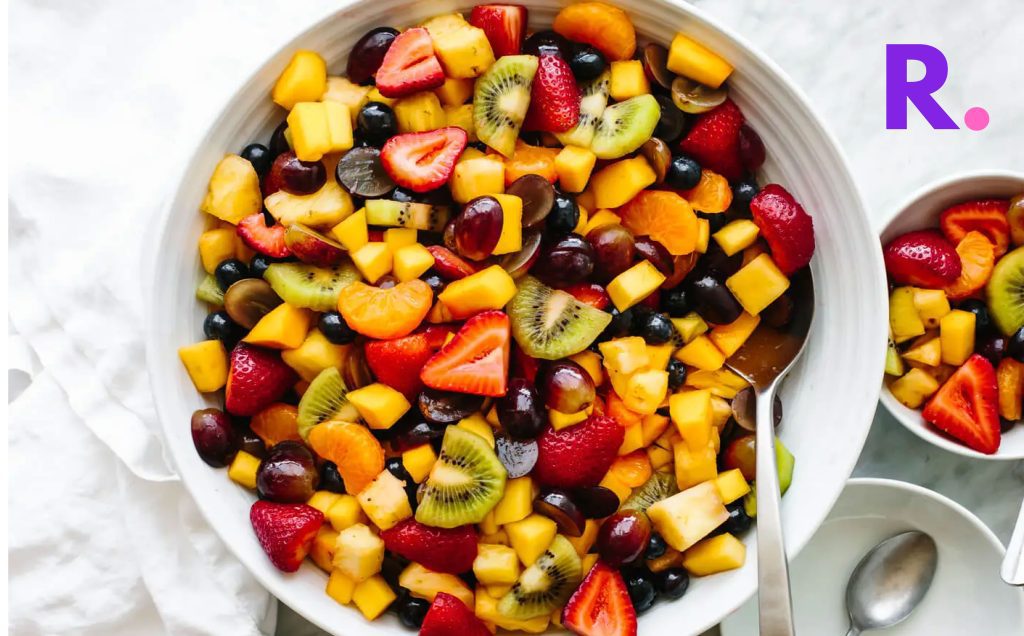
Foods that are Pink!
Pink foods go beyond just fruits. Pink foods’ nutritional values vary based on their ingredients. Pink foods have varying sugar contents. For example, Pink lemonade may contain high sugar levels. Beet salad has vitamins and minerals.
Enjoy pink foods as snacks, desserts, or main courses. Use them on festive occasions to add color to the table. Pink foods like cotton candy, pink macarons, and pink pasta are popular. Pink fruit varieties burst with color and flavor on your palate. Each fruit delights in its own unique way. They look good and provide important nutrients and antioxidants for your health.
You can also read the full article on 27+ Yellow Fruits From Around the Globe!
Next time you’re at the grocery store or farmers’ market, add some pink fruits to your basket. Enjoy them fresh, blend them into smoothies, or use them in desserts. These pink delights brighten culinary adventures!

FAQs
Can I eat the skin of pink dragon fruit?
You can eat the pink dragon fruit skin, but people don’t commonly eat it like the flesh. Eat the skin for extra fiber. Some people blend it. They scoop out the flesh and discard the skin.
Do pink fruits provide health benefits?
Pink fruits provide numerous health benefits. These are loaded with Vitamin C and Antioxidants. Vitamin C boosts immune function and improves skin health. Antioxidants protect against oxidative stress and inflammation.
Do pink fruits work in savory dishes?
You can use these fruits in sweet and savory dishes. Use pink grapefruit in salads. Pink guava can be used in savory sauces or chutneys.
Can you eat the skin of pink fruit?
You can eat the skin in most cases. Thoroughly wash them to remove dirt and pesticides. The skin of pink dragon fruit and pink guava is edible.
How can I include pink fruits in my diet?
Include these fruits in your diet, get creative and enjoy pink fruits with these ideas:
- Make a refreshing smoothie by blending pink dragon fruit, pink pineapple, or pink guava with yogurt and honey.
- Add pink grapefruit segments or pomegranate seeds to your salads. It adds flavor and color.
- Snack on pink apples or pink mulberries for a healthy treat.
- Top your ice cream or yogurt with pink lychee and pink pitaya.
- Create pink fruit-infused water or cocktails to add a festive touch to your beverages.
List of the best top 10 pink fruit! The article lists the top 10 pink fruits with their flavor profiles, nutritional values, & culinary uses.
